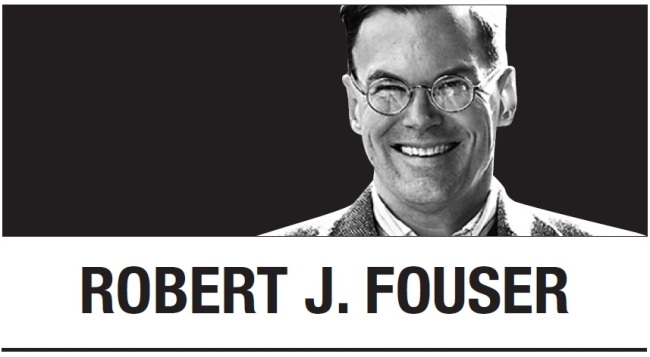
Eastern Germany in October is a time to celebrate and remember the 1989 democracy movement that brought an end to the repressive East German regime. Leipzig, where the pro-democracy demonstrations began, hosts the annual “Lichtfest” (Light Festival) to commemorate the candlelight vigils to protest police violence against pro-democracy demonstrators. Oct. 3, German Unity Day, is a national holiday to commemorate reunification in 1990.
Apart from the busy October commemorations, cities in Eastern Germany have markers and museums to tell the story of the democracy movement and the history behind it. In Dresden and Leipzig, markers note where demonstrators gathered in the fall of 1989 and both cities have exhibitions in former offices and prisons of the East German Ministry for State Security (Stasi). Leipzig has a museum on post-war German history that deals with the division, the development of both German states, and the collapse of East Germany. A museum in Dresden shows an extensive collection of material objects from East Germany that offer a window into everyday life.
In the streets, the remnants of East Germany are easy to spot. A porcelain mural depicting East Germany as a workers’ paradise still adorns a long wall of a concert hall in the center of the city. Large uniform apartment blocks surround historic city centers.
The late 1980s witnessed important pro-democracy movements: the Philippines in 1986, South Korea in 1987, Poland in 1988. In 1986, the new leader of the Soviet Union, Mikhail Gorbachev, had started a series of economic and political reforms. After years of tension, the US and Soviet Union had begun a new era of detente in the mid-1980s. The pro-democracy demonstrations in East Germany occurred in the context of these sweeping changes.
I was living in Seoul teaching English at Korea University when East Germany collapsed. News cycles were slower before the internet and social media, but the demonstrations in East Germany were big news in South Korea because Germany was a divided nation. As pro-democracy demonstrations led toward the talk of reunification, commentators in South Korea began to think about scenarios for Korean reunification. The most common prediction was that North Korea would collapse when Kim Il-sung died. Another common prediction was that economic difficulties would cause an East German-style uprising, leading to the collapse of North Korea.
These predictions were wrong because they viewed the collapse of East Germany from above, but it really happened from below. The pro-democracy movement in East Germany had roots in two social movements that were closely related: a peace movement and an environmental movement. In the 1980s, East Germany devoted more resources to the military at a time when the economy began to weaken in response to the weakening of the Soviet economy. Study groups in protestant churches began advocating peace as a way to overcome militarization.
East Germany was a very polluted place and it affected the health of people and the quality of life. Concern about the environment created a nascent environmental movement as people complained about the worst effects of pollution.
The peace and environmental movements could not be openly critical of the government, but they think about politics and created the infrastructure for the democracy movement that blossomed once it perceived a weakness in the regime.
The East German situation remains relevant for Korea, despite the failed predictions of the 1990s. Change in East Germany began as a pro-democracy movement, not a reunification movement. Talk of reunification became serious only after the collapse of the East German economy. West German Chancellor Helmut Kohl then saw a chance to negotiate conditions for reunification with the major powers — US, the Soviet Union, France, and the UK — that had defeated Germany in World War II and created the conditions for the division.
Economic issues played an important role in the background, but they were not the spark. Instead, the gap between reality and the regime’s official orthodoxy caused it to lose all credibility. When challenged, the regime responded harshly, which inflamed passions and spread resistance.
North Korea probably does not have nascent peace and environmental movements. It has no memory of having been a democratic state and it is far more closed than East Germany. This does not mean, however, that North Koreans do not want freedom and that, even in the subtlest of ways, they do not resist oppression. They do, and when the gap between reality and official orthodoxy becomes unsustainable, change will come quickly — just as it did in East Germany.
By Robert J. Fouser
Robert J. Fouser, a former associate professor of Korean language education at Seoul National University, writes on Korea from Pawtucket, Rhode Island. He can be reached at robertjfouser@gmail.com. -- Ed.








